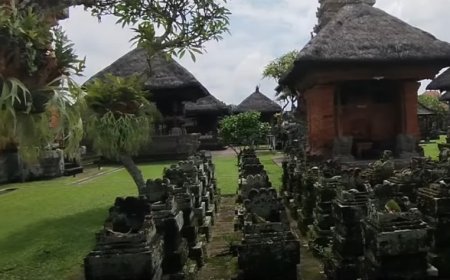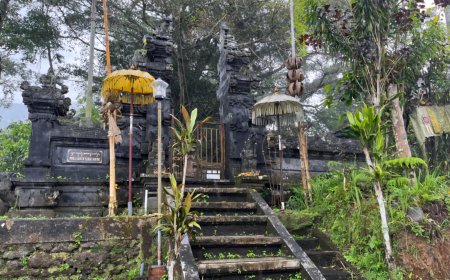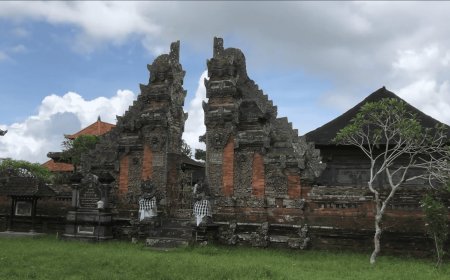Segara Rupek Temple: Traces of the History of the Separation of the Islands of Bali and Java
Hidden in the silence of the West Bali National Park, precisely in Sumberklampok Village, is hidden a sacred place that holds an unforgettable story. Segara Rupek Temple, which is located at the westernmost tip of Bali Island, is not only a historical site, but also a silent witness to a major event that separated the islands of Bali and Java. But unfortunately, its charm is still hidden and rarely noticed by the eyes of the world.
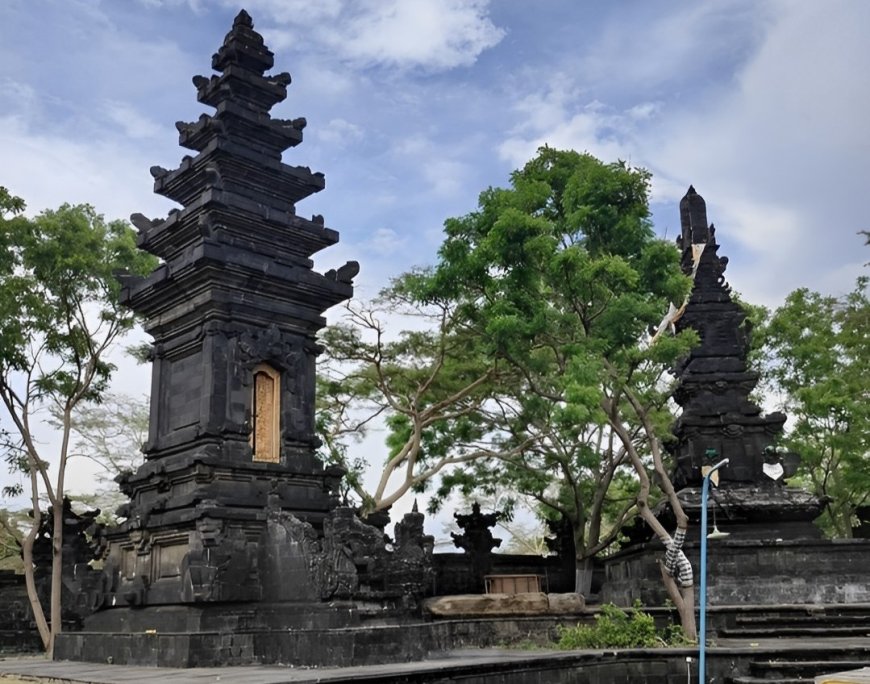
Segara Rupek Temple is a holy place located in the West Bali National Park area, precisely in Sumberklampok Village, Grokgak District, Buleleng Regency, Bali. From Denpasar City, you can travel 143 km by vehicle with an estimated travel time of around 4 hours 20 minutes.
This temple has deep historical significance where this place is a silent witness to the split of land between the islands of Bali and Java. However, unfortunately, the condition of the facilities, infrastructure and infrastructure around this temple is inadequate, so it rarely receives proper attention from the community and leaders in Bali.
This temple is located at the westernmost tip of the island of Bali, making it the land closest to the island of Java. However, to reach this temple, visitors have to travel around 12 kilometers through the protected forest of the West Bali National Park (TNBB), with additional obstacles in the form of dirt roads and rocks that must be passed. This condition makes Segara Rupek Temple a place that is rarely visited by the general public.
Segara Rupek Temple was only discovered on April 8 2001 by a hiking group consisting of 21 people. They carried out search efforts to reveal the whereabouts of the original Segara Rupek. This expedition was guided by the guidance of lontar literature, geographical calculations, and spiritual wisdom, with guidance from the advisor and supervisor of the Besakih cave temple, namely I Gusti Mangku Kubayan Manik Arjawa.
The history of the founding of Segara Rupek Temple originates from the chronicle or lontar entitled "Indik Segara Rupek". The chronicle tells of the friendship between Mpu Siddhimantra from East Java and the Dragon Basuki in Bali. It is said that Mpu Siddhimantra often visited his friend every full moon. Mpu Siddhimantra often brought food to the Dragon, and in return the Dragon Basuki would give valuable jewelry to Mpu Siddhimantra.
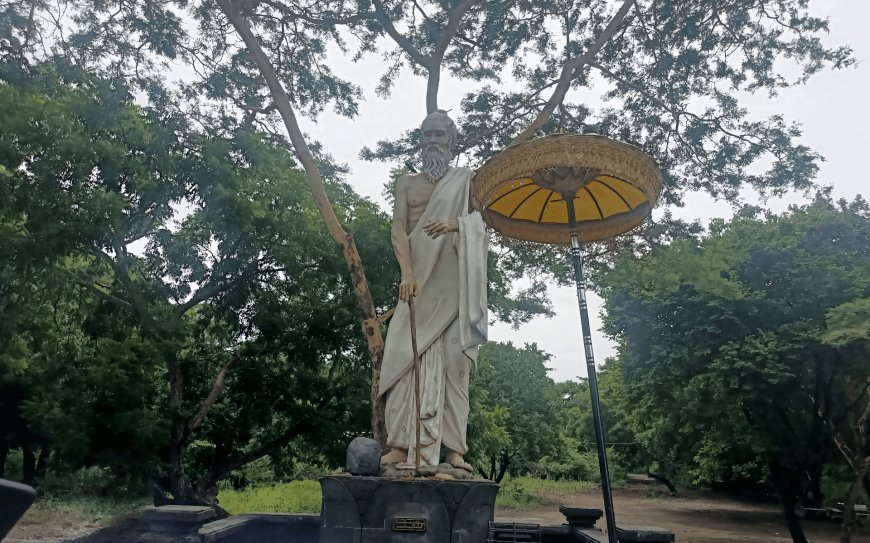
Mpu Siddhimantra statue in the Segara Rupek Temple area (Source: Personal Collection)
However, this story takes place when Manik Angkeran, the son of Mpu Siddhimantra, who likes gambling, steals his father's bell. He went to Besakih to ask Naga Basuki for treasure and gold. This request was immediately granted by Ida the Dragon King Basuki. However, because of his greed, Manik Angkeran cut off Naga Basuki's tail which was made of jewels. As a result of his actions, Naga Basuki became angry and killed Manik Angkeran.
Mpu Siddhimantra, who knew about this, rushed to Besakih to ask for forgiveness for his son's mistakes and asked the Dragon Basuki to bring his son back to life. The Dragon Basuki granted this request. However, Mpu Siddhimantra was worried that his son would repeat his bad actions,
After meditating, Mpu Siddhimantra received the order to scratch the ground with his stick three times precisely in the area of Ceking Getting or now the Bali Strait. The ground shook and split the land, separating the islands of Bali and Java. This event is known as the Segara Rupek event, which means narrow sea. Not long after, a shrine was erected which would later be known as Pura Segara Rupek. This temple is a silent witness to the extraordinary event that separated the mainland islands of Bali and Java. Its existence is a symbol of the greatness of nature and the greatness of the Creator.
When you want to pray at Segara Rupek Temple, there is a flow that must be followed. First of all, the pemedek will go to the Beji Segara Rupek Temple, a place where they will be purified first before continuing to pray. In this place, there are the Pelinggih Penglurah Agung and the Pelinggih Gedong Betel, as well as direct views of the island of Java which can be enjoyed clearly across the beach.
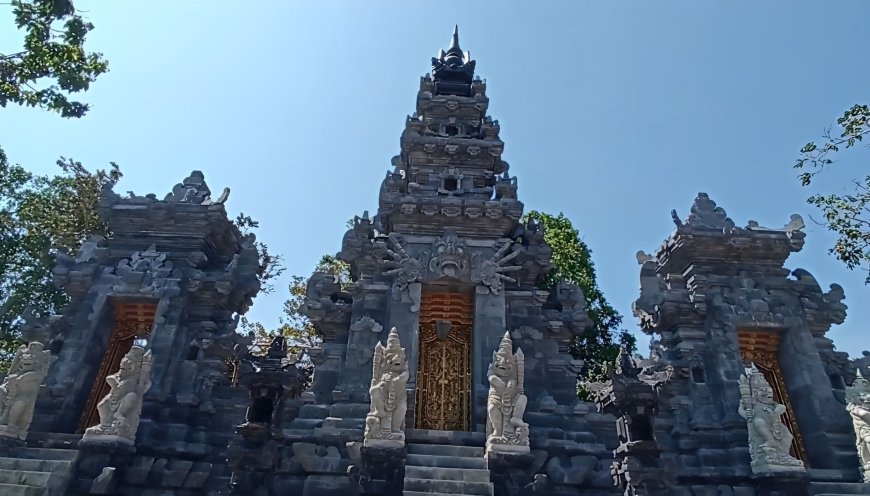
Payogan Ida Mpu Siddhimantra Temple (Source: Personal Collection)
Next, go to Payogan Ida Mpu Siddhimantra Temple which is located to the east of Segara Rupek Temple. This temple has several main pelinggihs, but there is one pelinggih which is specifically intended to worship Ida Mpu Siddhimantra directly.
Only after that, the pemedek will enter the Kahyangan Jagat Segara Rupek Temple which is located in the Utamaning Mandala. The structure of this temple consists of the Nista Mandala (Jaba Sisi), which is the outermost part of the temple architecture. And the Main Mandala (innards) is the deepest and holiest part of a temple as well as the main shrine of the temple.
The architecture of the buildings and pelinggih in this temple displays a charming ancient feel, conveys an aura of ancient grandeur, and enriches the spiritual experience of the pemedek in praying. Even though these three temples are located separately, they are still in the same Segara Rupek Temple area, complementing each other in their sacredness.
The piodalan at Segara Rupek Temple falls on Purnama Jyestha, or the eleventh full moon of Wraspati Kliwon Wuku Klawu in the Balinese calendar. At that time, the entire temple complex was filled with a sacred spirit, decorated with a series of ceremonies and offerings that depicted devotion and respect for the presence of the Creator.
To visit Segara Rupek Temple, visitors can get entrance tickets at an affordable price. Visitors are charged IDR 5,000 to IDR 15,000 per person. Meanwhile, Hindus who want to go to this temple can enter the place without being charged a penny. However, please remember that visitors must be careful because this temple is still in the West Bali National Park area. Many wild animals such as monkeys, deer, wild boars, porcupines, and so on can be encountered during the trip.
With all its rich history, nature and spiritual values, Segara Rupek Temple is not only a historical place, but also a cultural and natural heritage that must be protected and preserved for future generations. With joint efforts, Segara Rupek Temple can continue to radiate the beauty and meaning contained within it.


















































